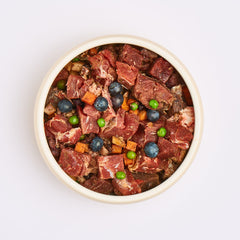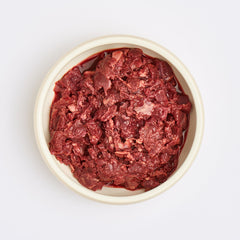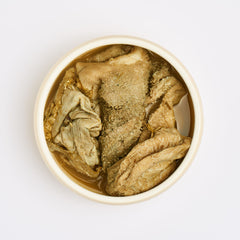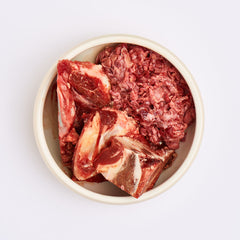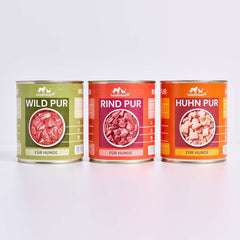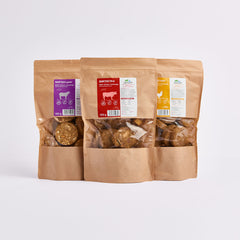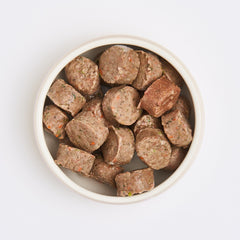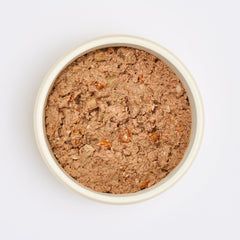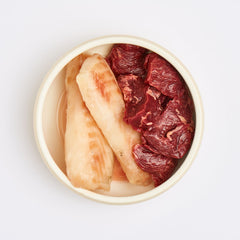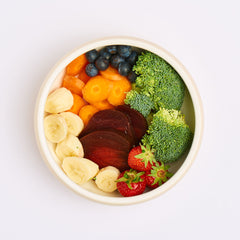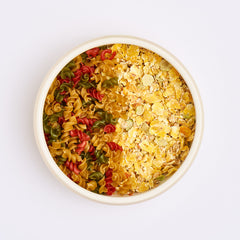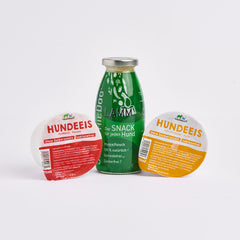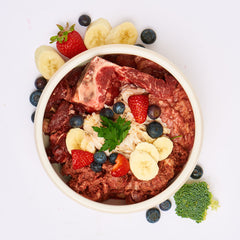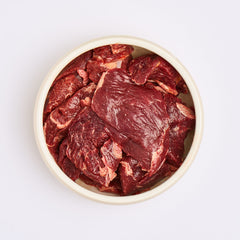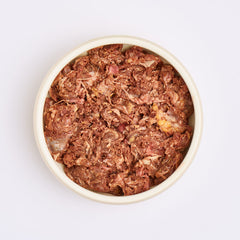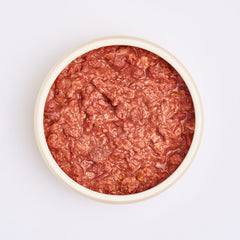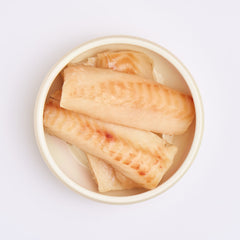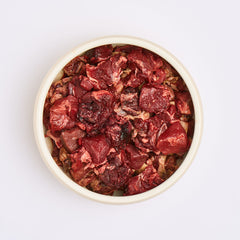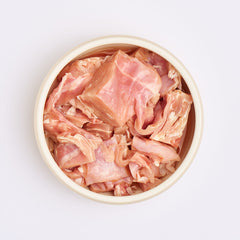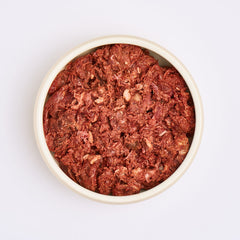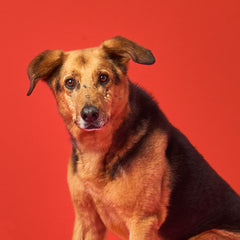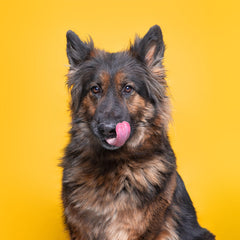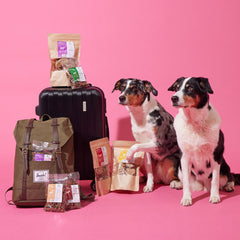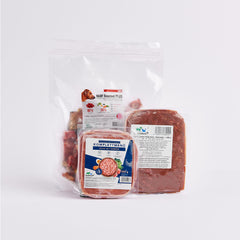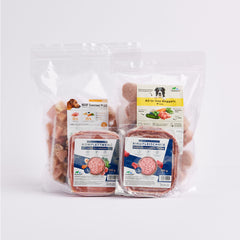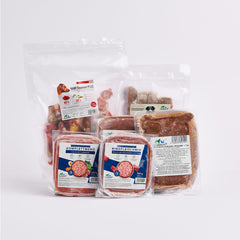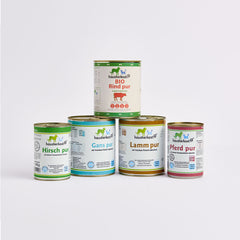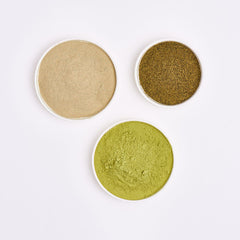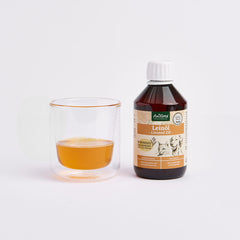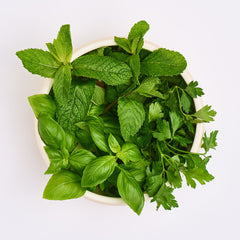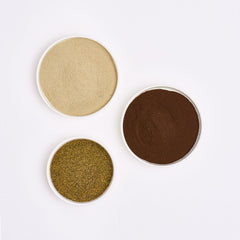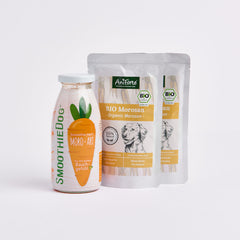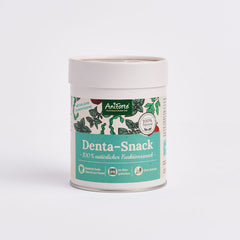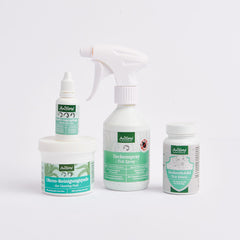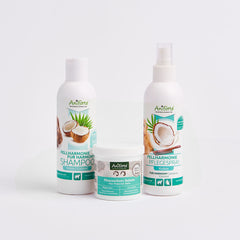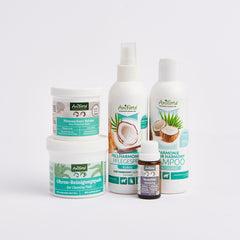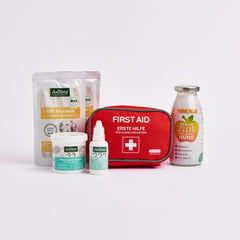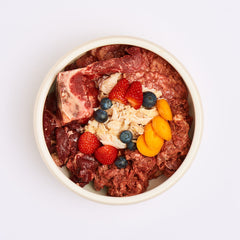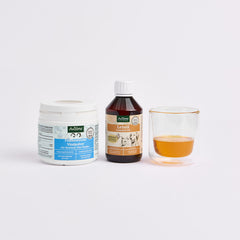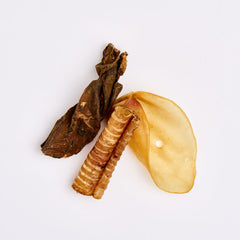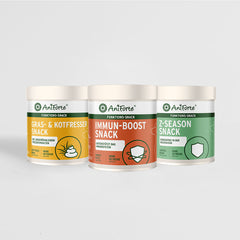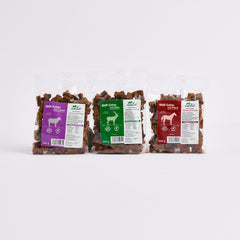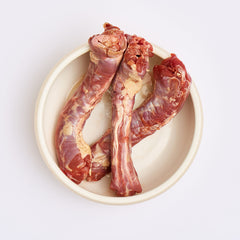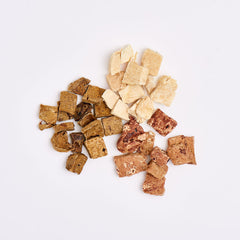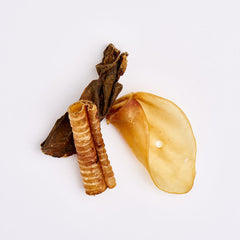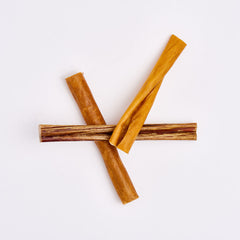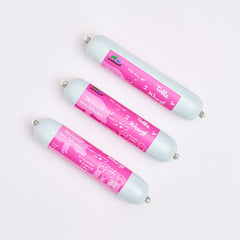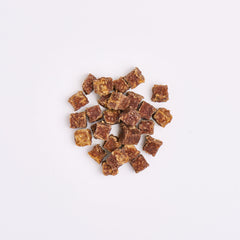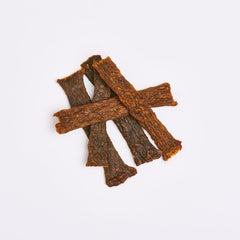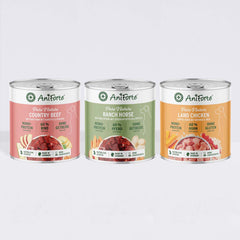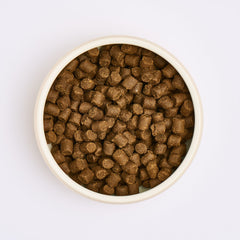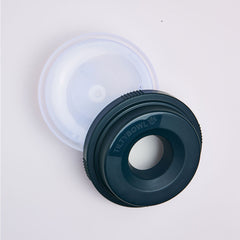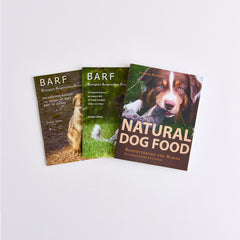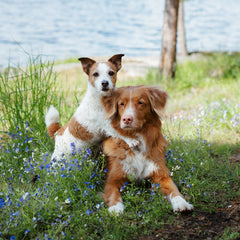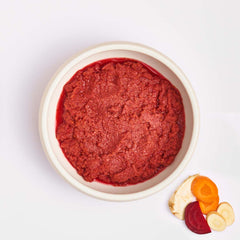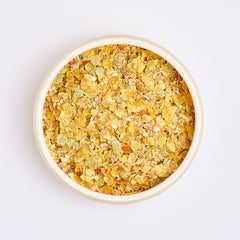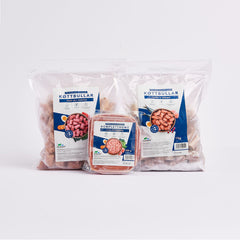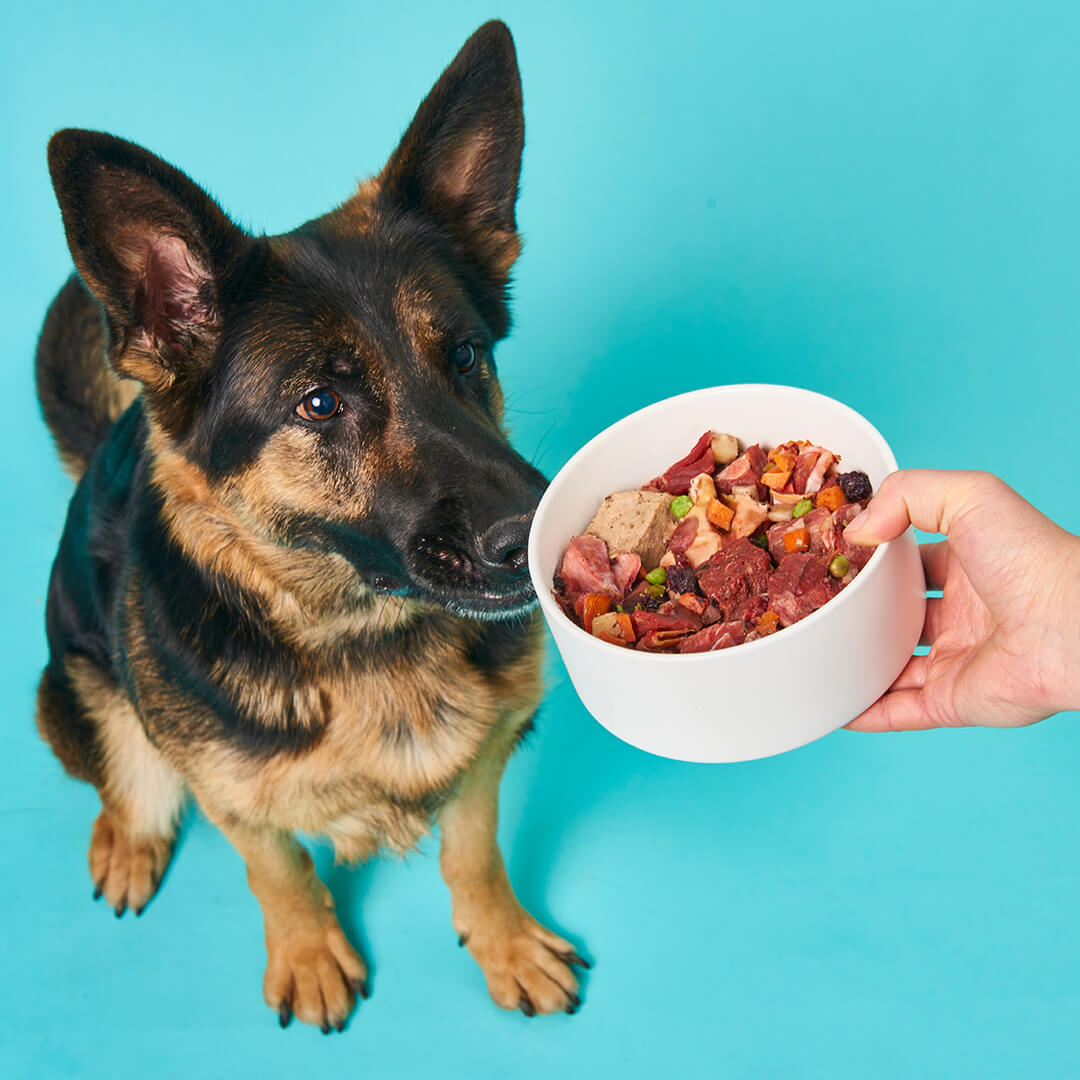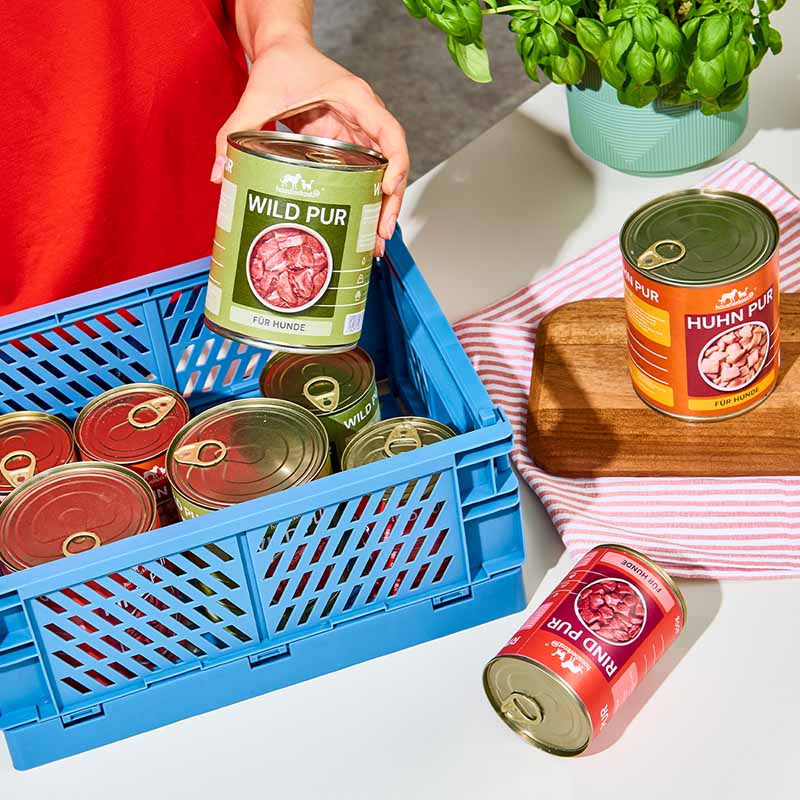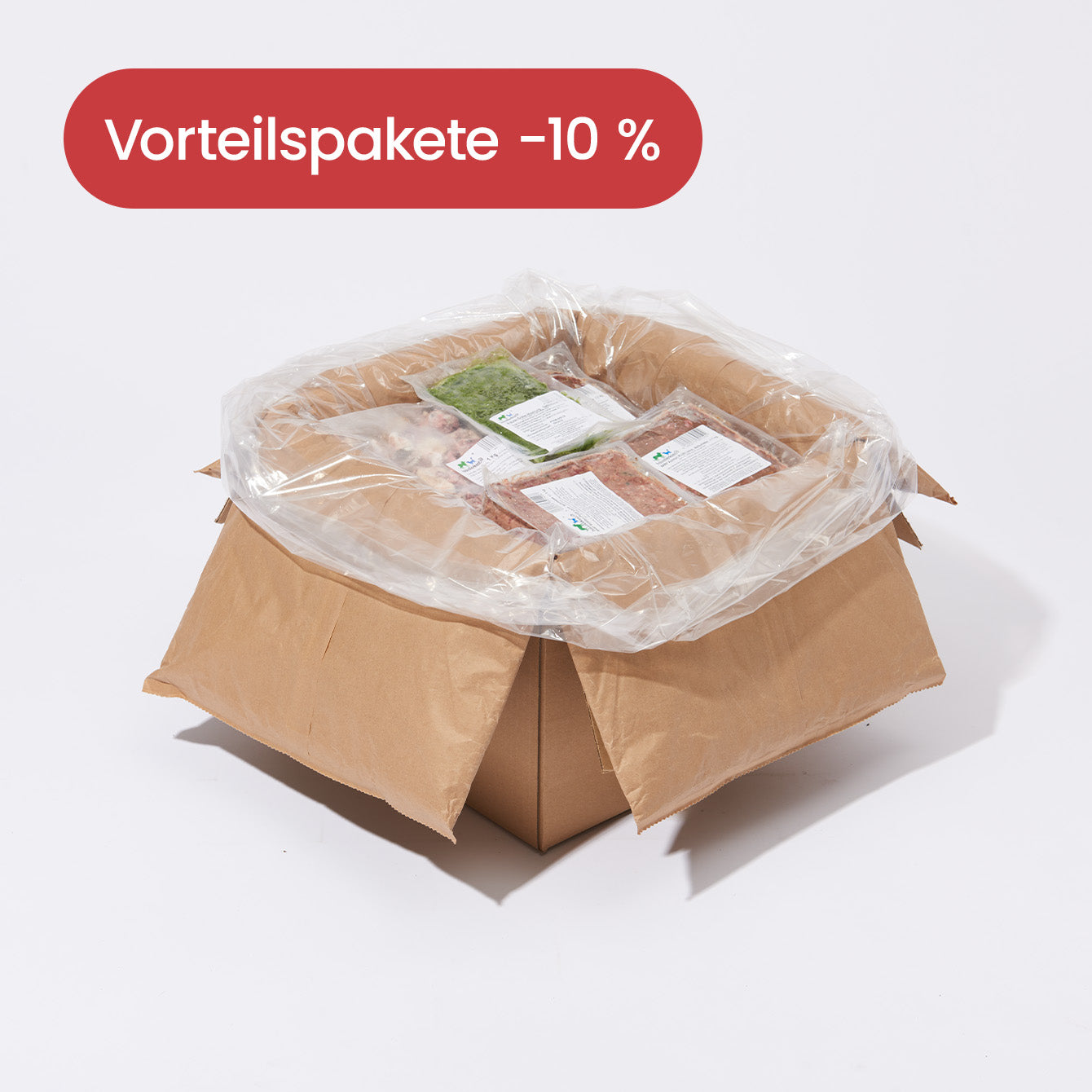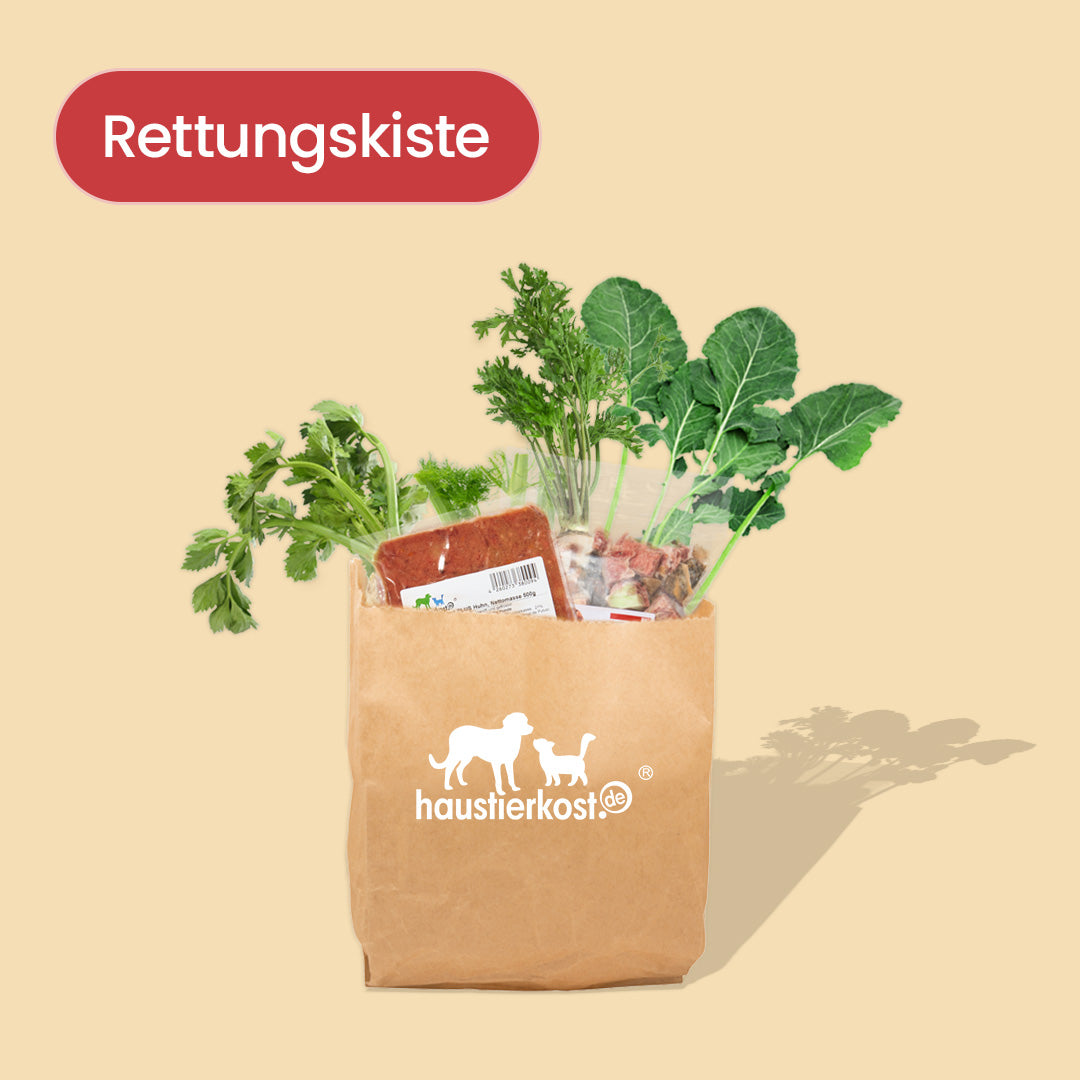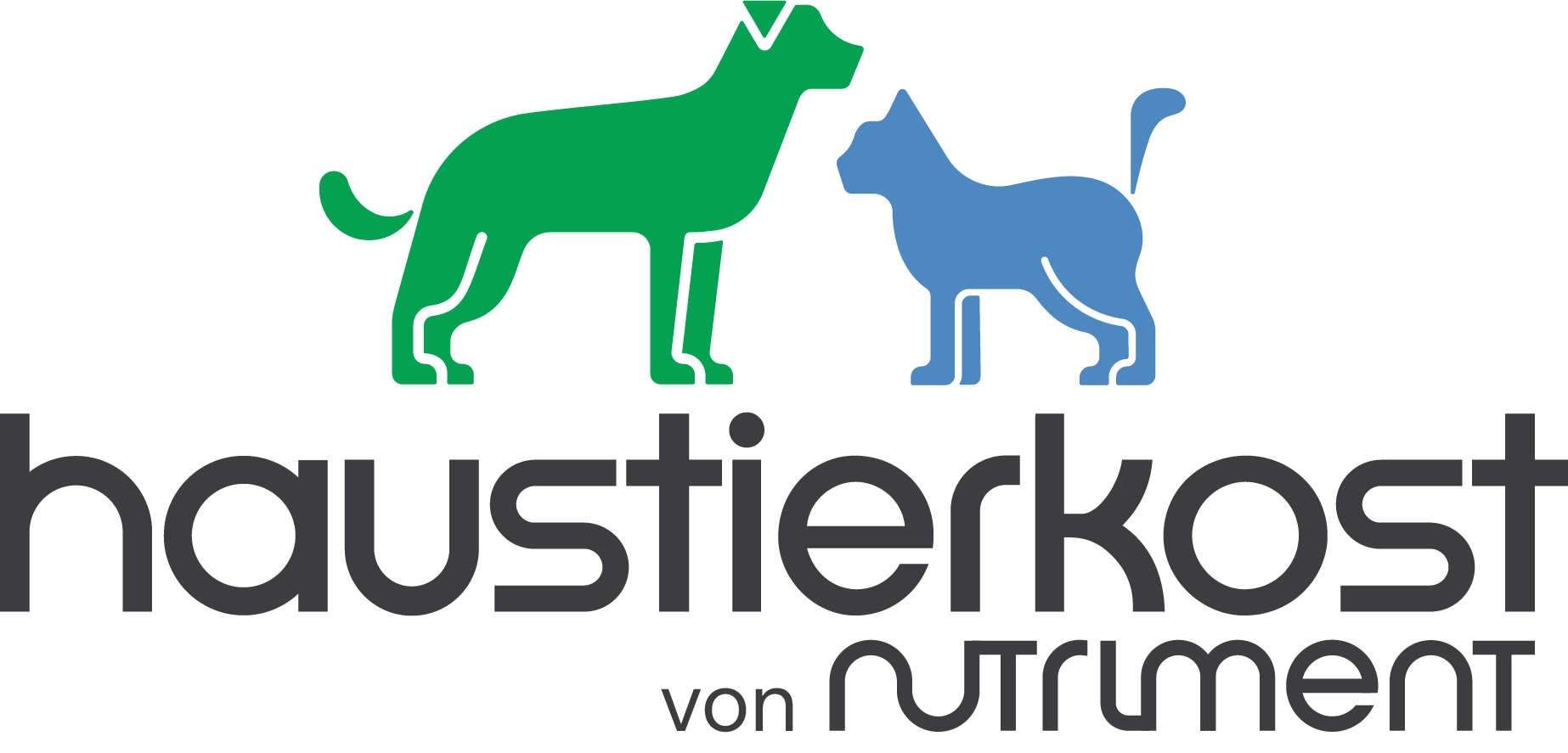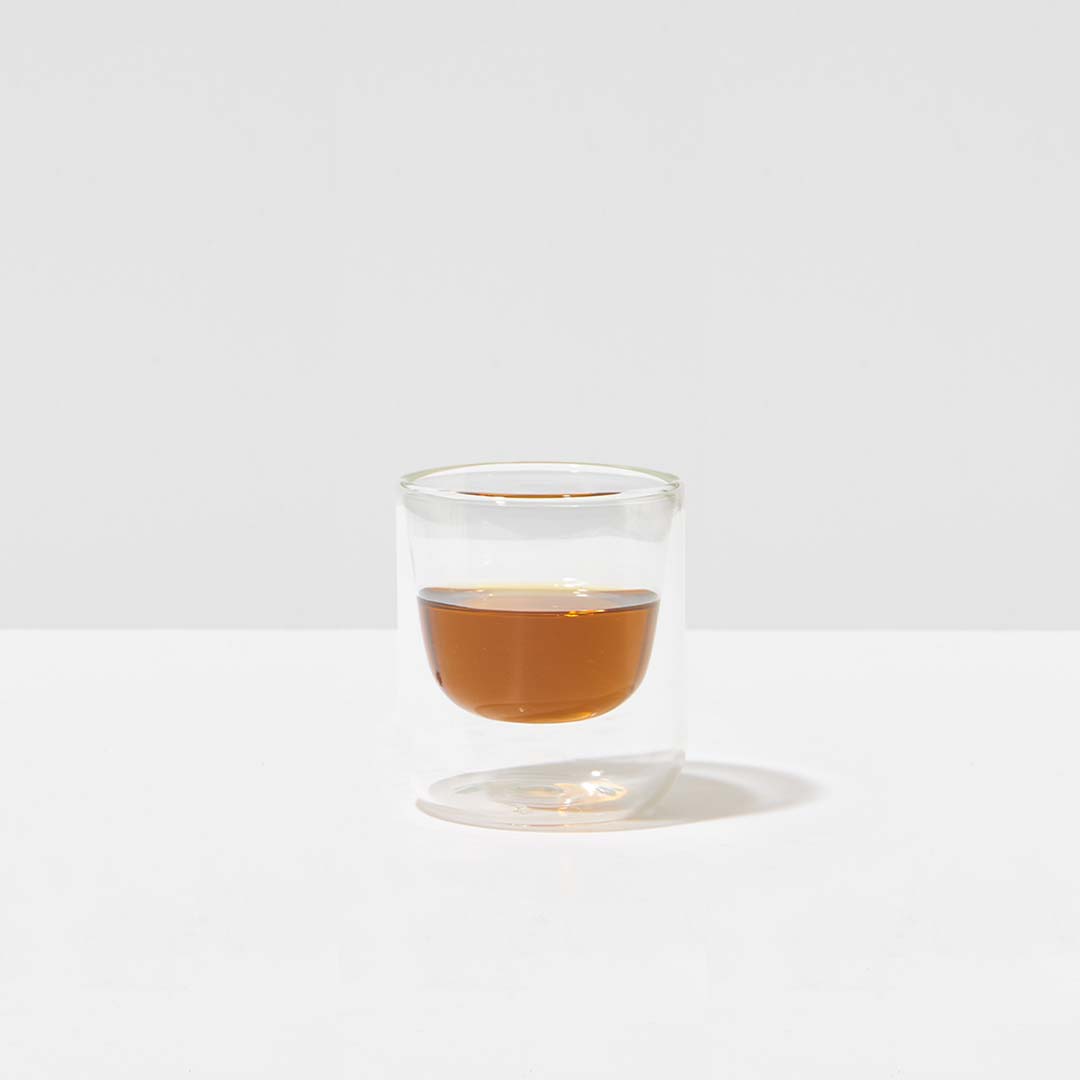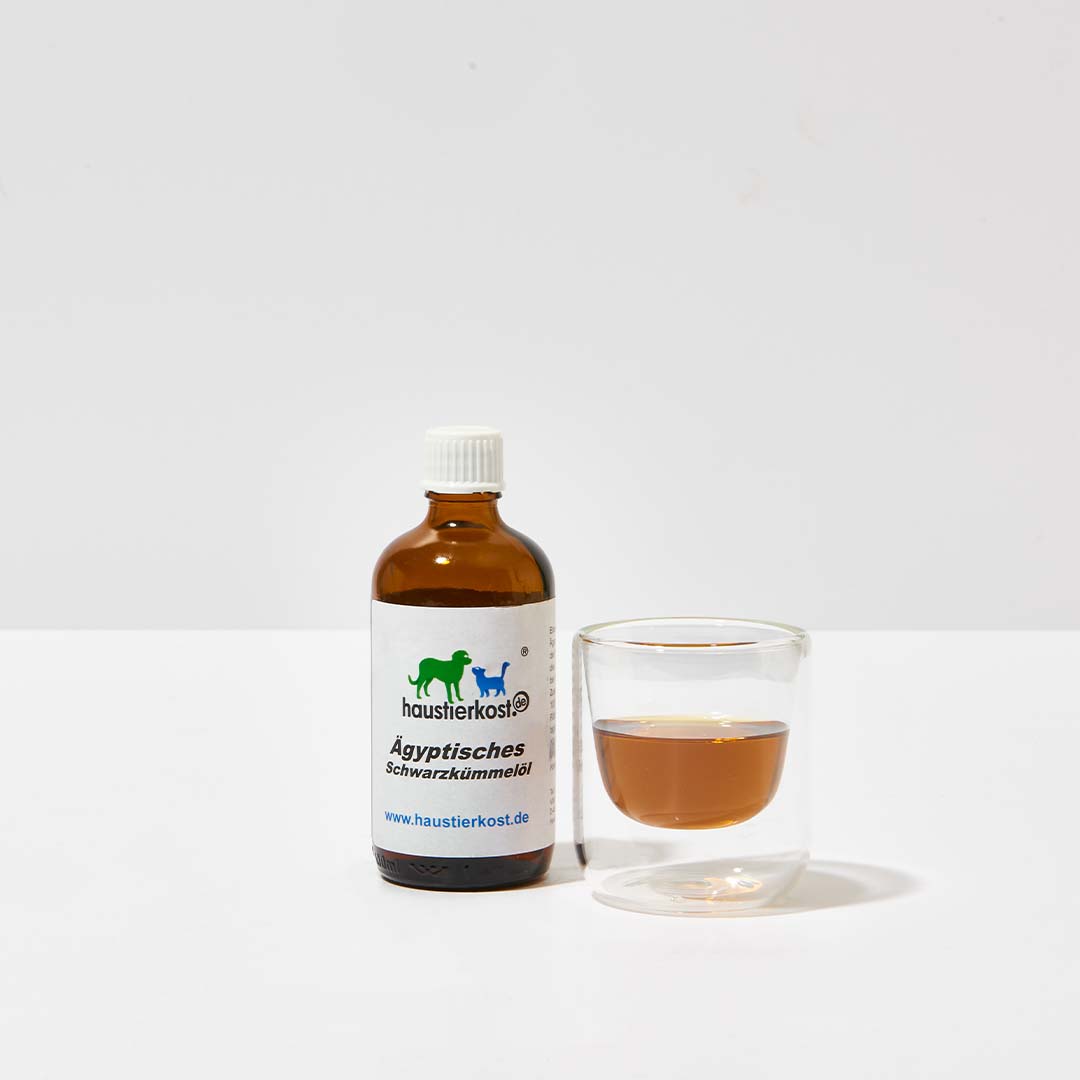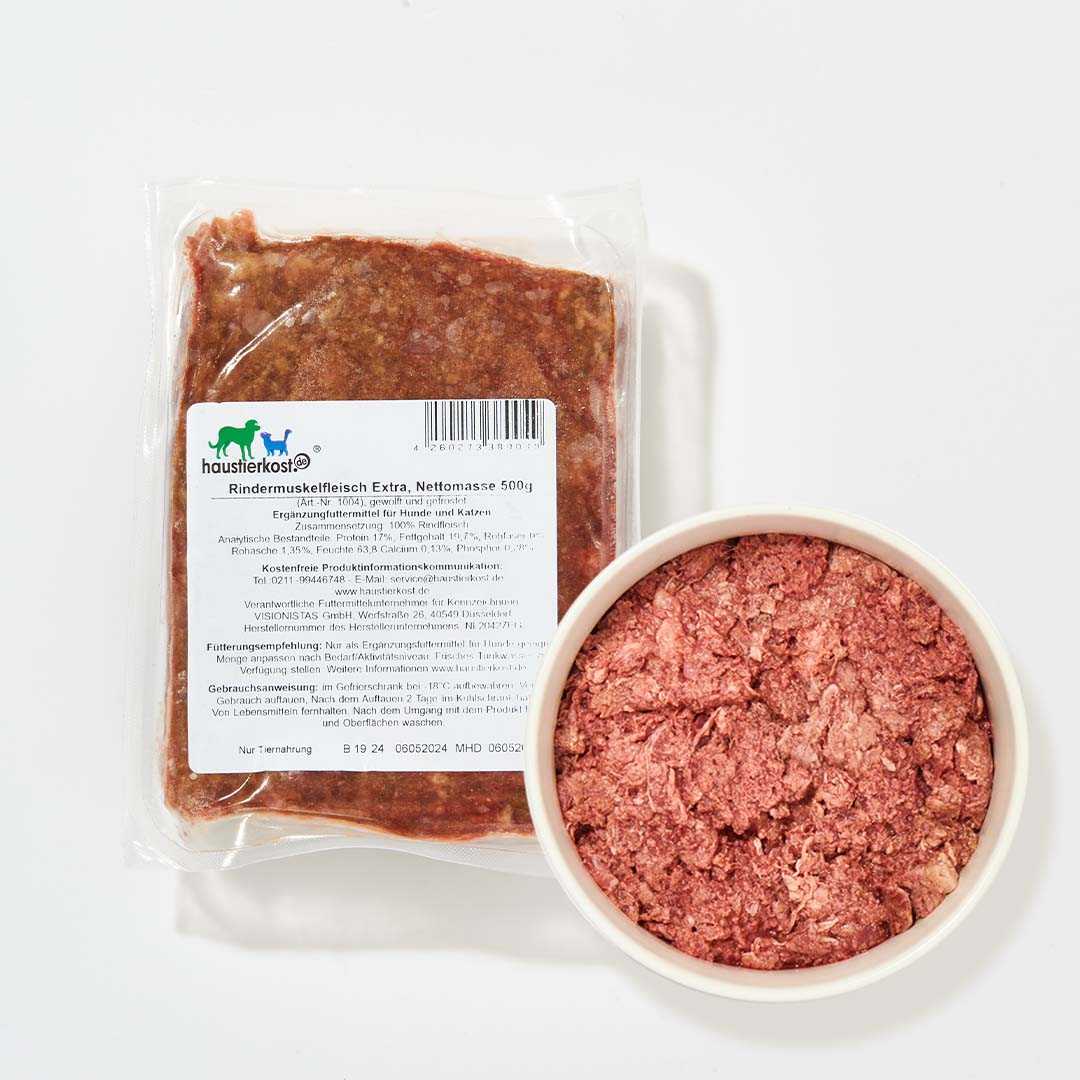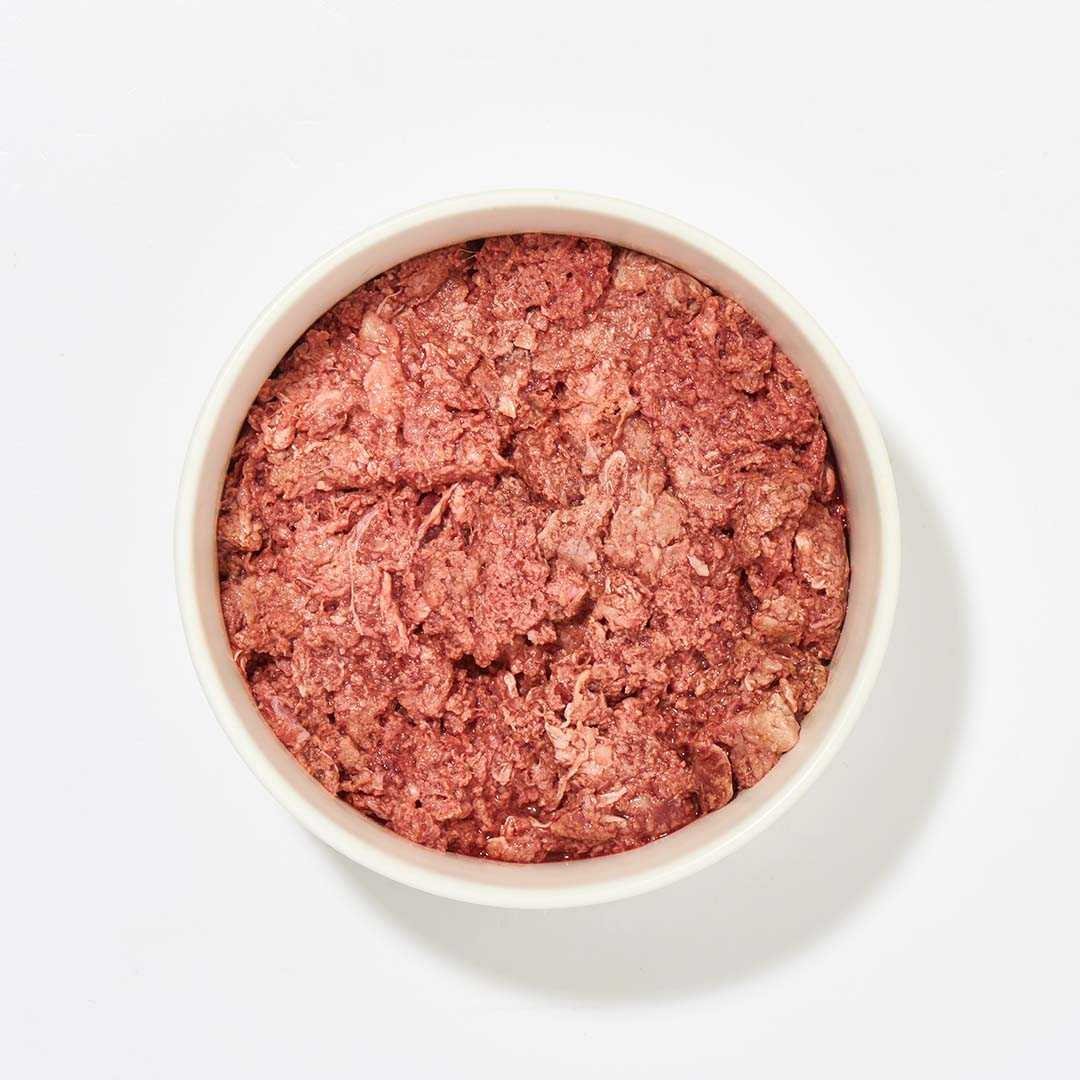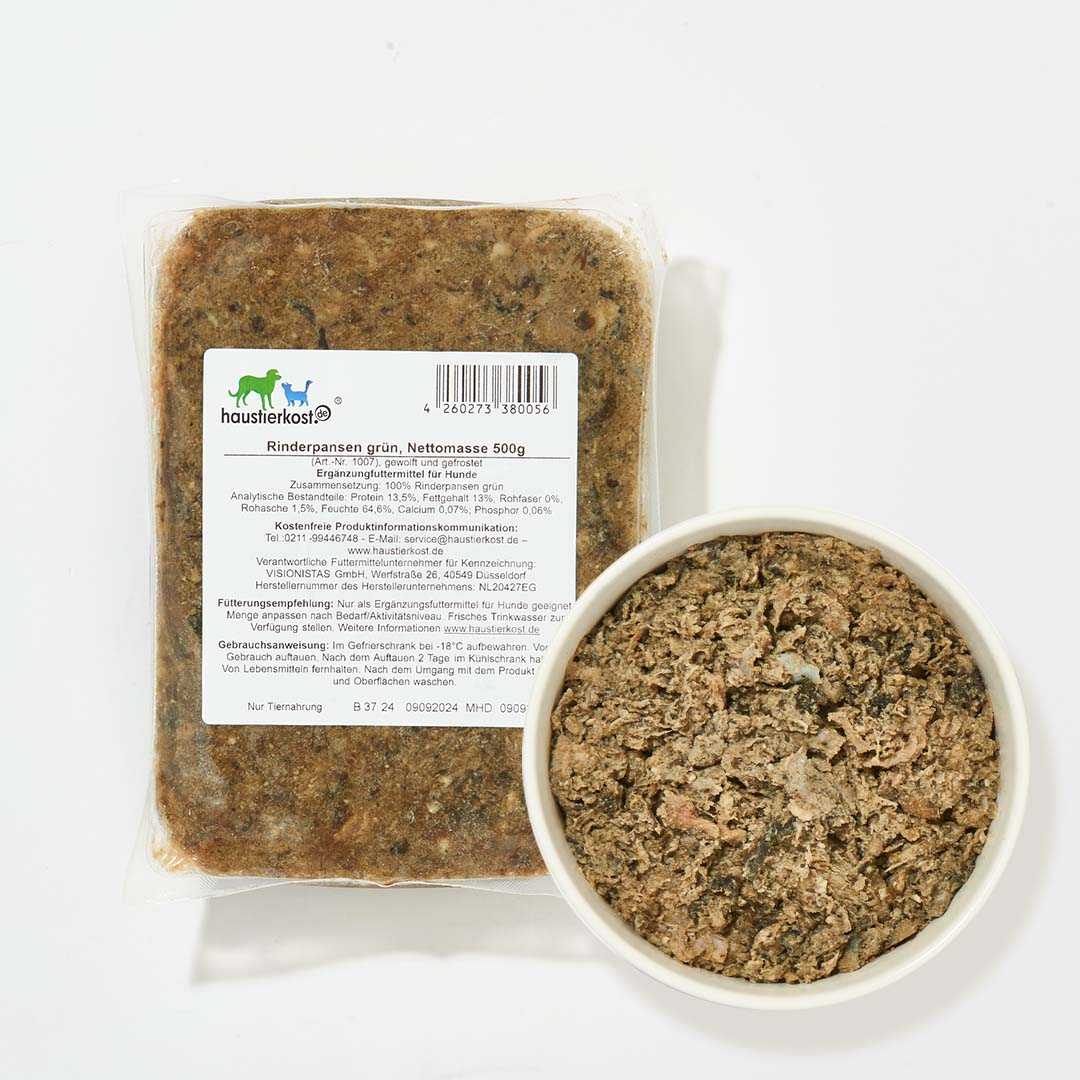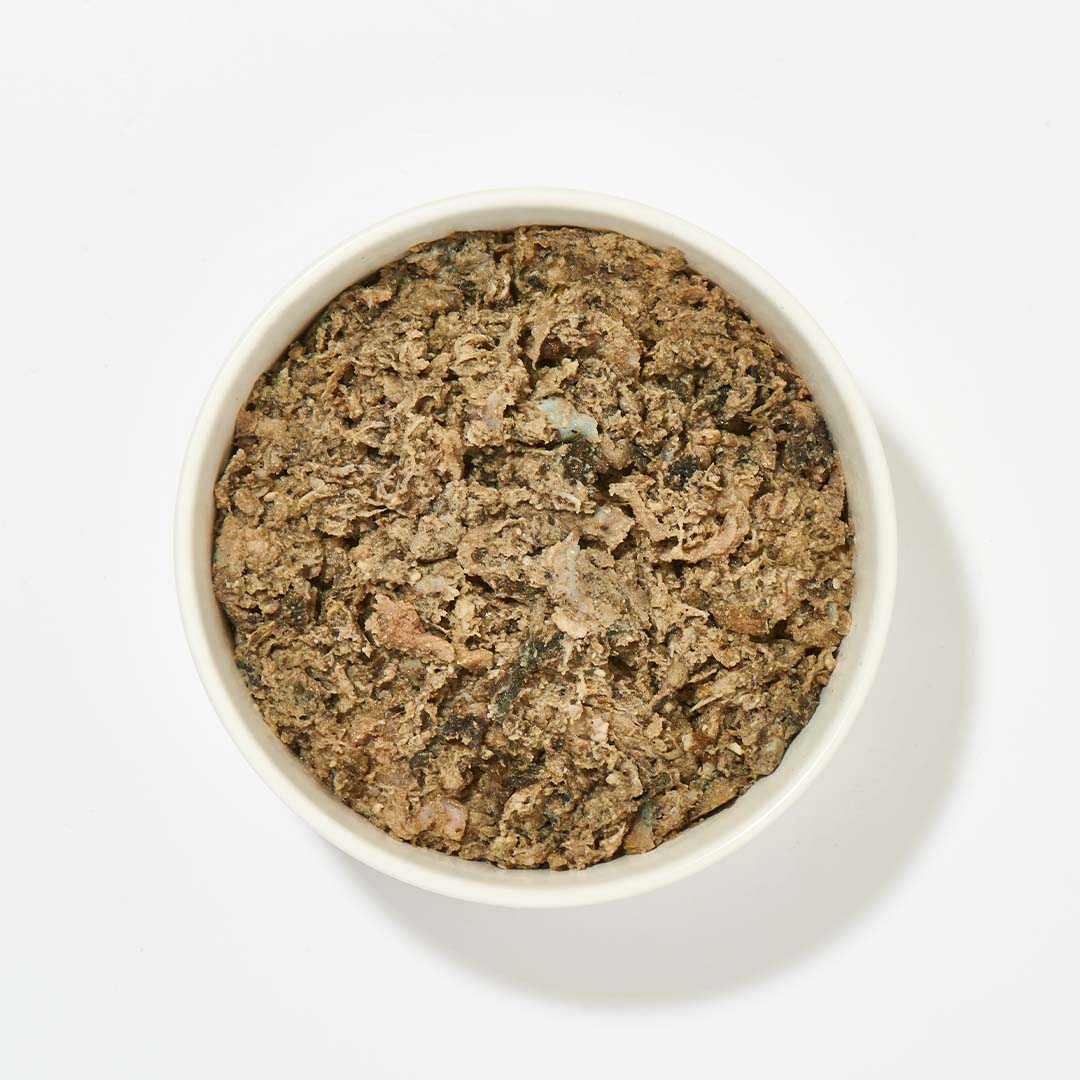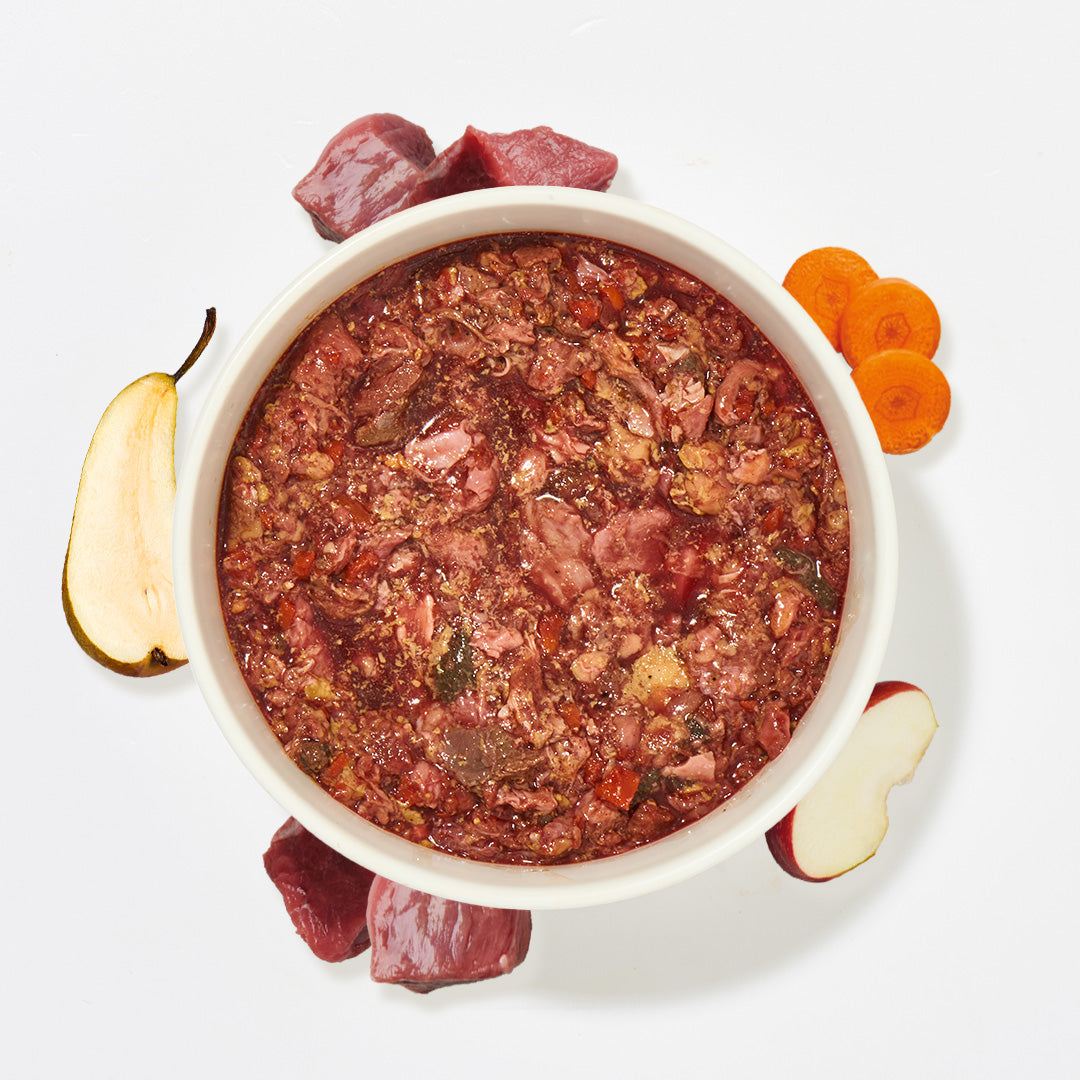BARF for dogs
Is eating raw meat dangerous for dogs?
The answer is NO. Since dogs have the digestion of a carnivore (meat eater) - which they inherited from their ancestors, the wolves - their digestion is geared towards raw meat. Last but not least, the dog's stomach acid is very strong and can easily digest everything that a dog would eat in the wild, eg the bones, fur and cartilage of a captured animal.
What is the best way to switch?
You can switch a healthy dog from one day to the next. Feed him the last meal of the ready-made food the evening before and start BARFing the next day.
For sensitive dogs, it may be a good idea to let the dog fast first and then slowly start feeding it raw food. To do this, first feed several small meat meals and gradually add other components ( vegetables/fruit , herbs , additives , bones , oil ).
How much food does a dog need daily?
The amount of food depends primarily on factors such as age, activity and breed. A rule of thumb is that an adult dog needs about 2% of its body weight in food per day. That is 600 grams of food for a dog that weighs 30 kg. The daily portion of food should consist of about 70-80% animal and 20-30% plant. This calculation is of course only a guideline and should be adapted to your dog's individual needs. Our BARF calculator will help you calculate the amount of food.
Can I feed puppies raw meat?
This is actually possible. If puppies are fed raw food from the start, they will grow evenly and healthily and will have the natural agility that we all love in young animals. This is because puppies fed raw meat receive everything they need for growth and development. Incidentally, like all the generations of puppies that have been and still are raised in the wild. Puppies can initially react with diarrhea and vomiting when given a large amount of tripe. You should therefore introduce the puppy slowly with smaller portions.
Does every meal have to be balanced?
A clear no. It is almost impossible to put together a balanced diet for each meal. The balance of the diet must be considered over a longer period of time. A healthy dog can also cope with phases of a rather one-sided diet (e.g. on vacation).
Is it okay if my dog drinks less water now?
Yes, that's completely normal. This is because meat and vegetables consist largely of water. These foods also contain little salt, so the need for water is lower than when feeding dry food.
My dog has fewer bowel movements – is that normal?
This is completely normal when feeding raw meat, as the meat can be utilized much better. In addition, the food no longer contains any unnecessary fillers.
Can I partially BARF?
Many customers want to feed their dog ready-made food in addition to the BARF meal. In principle, this can be done. However, you should check carefully whether the dog can tolerate this type of feeding. The different types of food can lead to flatulence, constipation or other digestive problems.
How high should the protein content be?
Too high a protein content can damage the kidneys in the long term. Therefore, make sure that the protein content of the basic diet for an adult, healthy dog does not exceed 25% in dry matter, which corresponds to a protein content of around 7-8% in the original form of the meat. Caution! The protein content of dried chews is often over 70%. These items are not suitable for daily feeding.
Why can't I find pork in the haustierkost.de range?
Pork is not fed raw to dogs or cats. This is a precautionary measure, as pigs can be infected with the Aujeszky virus. The Aujeszky virus is a herpes virus whose main host is the pig. Pigs usually survive the viral infection, but dogs and cats do not. Every year, hunting dogs die of the Aujeszky virus after contact with wild boar. Therefore, please make sure that your dog does not come into contact with wild boar.
What should be considered when feeding bones?
Bones (and cartilage) must be fed raw. They must never be heated, not even defrosted in the microwave. Heating changes the structure of the bones, they become brittle and splinter. This can lead to serious injuries or blockages. Please also be careful with meat mixtures if you want to boil meat or heat it in another way.
Why does my dog have diarrhea now?
After switching to raw meat, diarrhea may occur occasionally at first - especially after feeding tripe. You should differentiate between watery diarrhea and soft stools. If the diarrhea is very watery or lasts for a long time, we recommend that you consult a veterinarian, as this may have causes other than the change in diet. Soft stools, on the other hand, are a normal side effect of the change in diet. However, the stool will return to normal as soon as the digestive system starts to get used to the new food.
Why do you need oil with your meal?
The body cannot produce polyunsaturated fatty acids itself; these must be ingested through food. Omega-6 and omega-3 fatty acids play an essential role in dog nutrition. These fatty acids must be available to the dog in a balanced ratio. Dogs absorb omega-6 fatty acids from the meat. Omega-3 fatty acids, on the other hand, must be added via oil. In this case, you choose an oil with a particularly high content of omega-3 fatty acids, such as salmon oil , cod liver oil, organic hemp oil and linseed oil.
My dog doesn't like raw meat, can I boil the meat?
If your dog doesn't like raw meat, you can of course fry the meat first or scald it with hot water. Please make sure not to use products that contain bones or cartilage, as these can become porous and splinter when heated. You can try frying the meat less and less and slowly introduce the dog to raw meat. Alternatively, you can also use our canned meat.
Can I feed grains?
Feeding grain is controversial. Our opinion is that grain is not a natural food for dogs. Healthy dogs who like grain can be fed it now and then, but not in large quantities every day, as is the case with many ready-made products. Under no circumstances should you feed grain to dogs that have allergies, epilepsy, cancer or yeast infections. Dogs with these diseases should also not be fed other starchy foods, such as potatoes, rice, corn or sweet potatoes.
My dog is vomiting, is this normal?
Vomiting in dogs can have different causes and is not always caused by illness. If a dog has eaten large amounts of food very quickly, it will usually vomit it up again in order to eat it again. This behavior is natural and not a cause for concern. It can be traced back to the dog's ancestor, the wolf. They also eat large amounts of their prey and then retreat to safety to vomit up their food and eat it again slowly. Vomiting can also be observed in dog mothers who vomit up food they have just eaten in front of their puppies. But the body can also react by vomiting in order to get rid of unknown or incompatible substances. This reaction often occurs when a dog is given a bone meal for the first time and is harmless. If the vomiting lasts for several days and/or your dog shows other symptoms of illness and/or a significantly changed behavior, you should see a vet.
Which nutritional supplements do I need?
A mineral vitamin mix is a good basic supply. What other supplements you add to the daily ration depends on your dog's individual needs. A healthy adult dog, however, does not usually need any additional supplements if it is fed a varied diet.
Is spoiled meat dangerous for dogs?
Dogs can naturally eat carrion and meat that has been left to mature/decay in the air is generally harmless for dogs. It can only become dangerous if meat spoils due to lack of oxygen, as this can then lead to the development of bacteria that are dangerous for dogs.
Do I need to create a feeding plan for my dog?
Not necessarily. A feeding plan will certainly help you to overcome any uncertainties in the beginning, but you don't really need one. No dog could stick to any plan as a self-sufficient animal. When putting together the food, it is only important to know what the ratio of the individual components should be and what your dog's overall needs are. Our BARF calculator will help you to determine this. You can then feed the components in any order and in any mixture.
